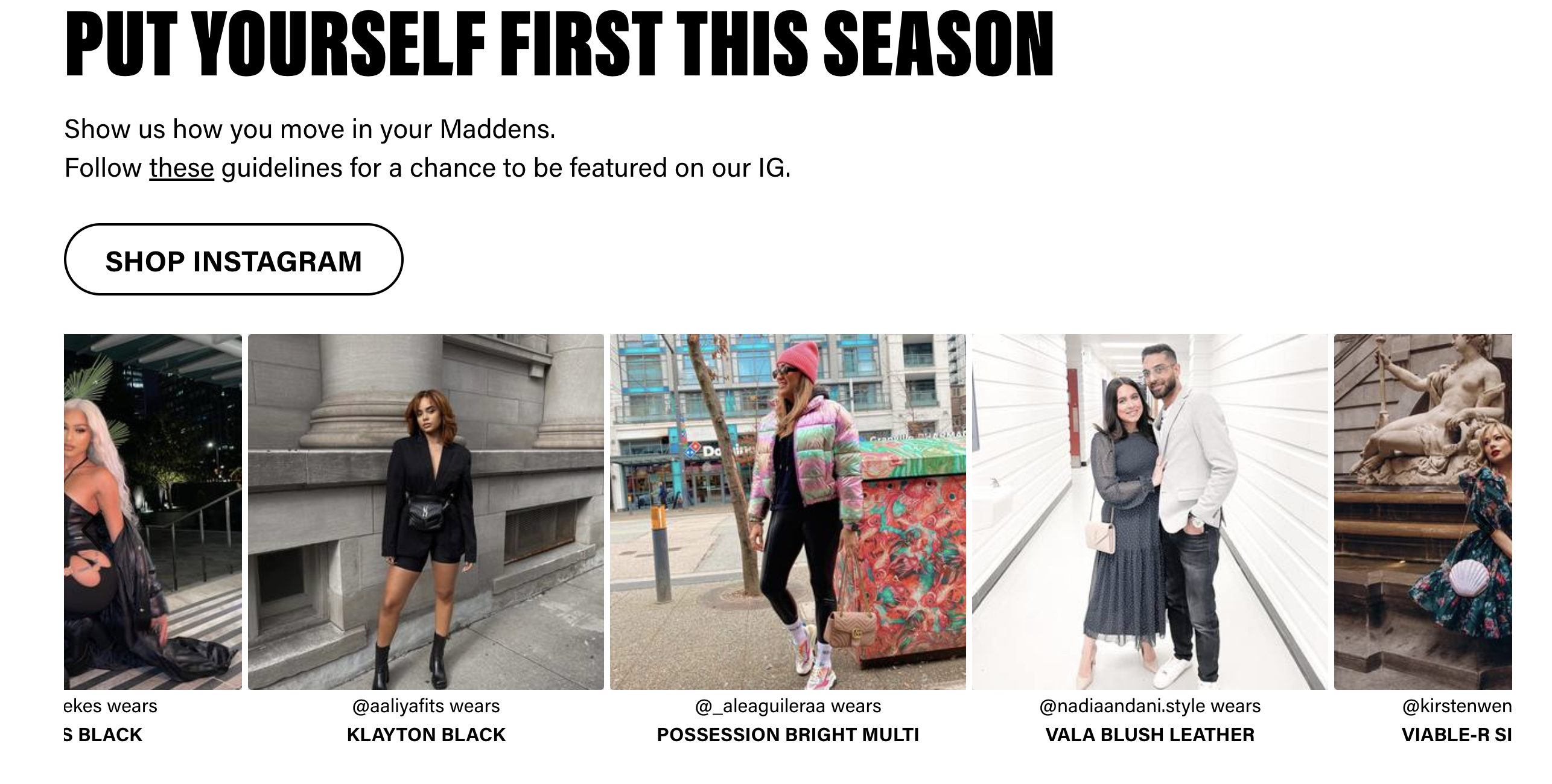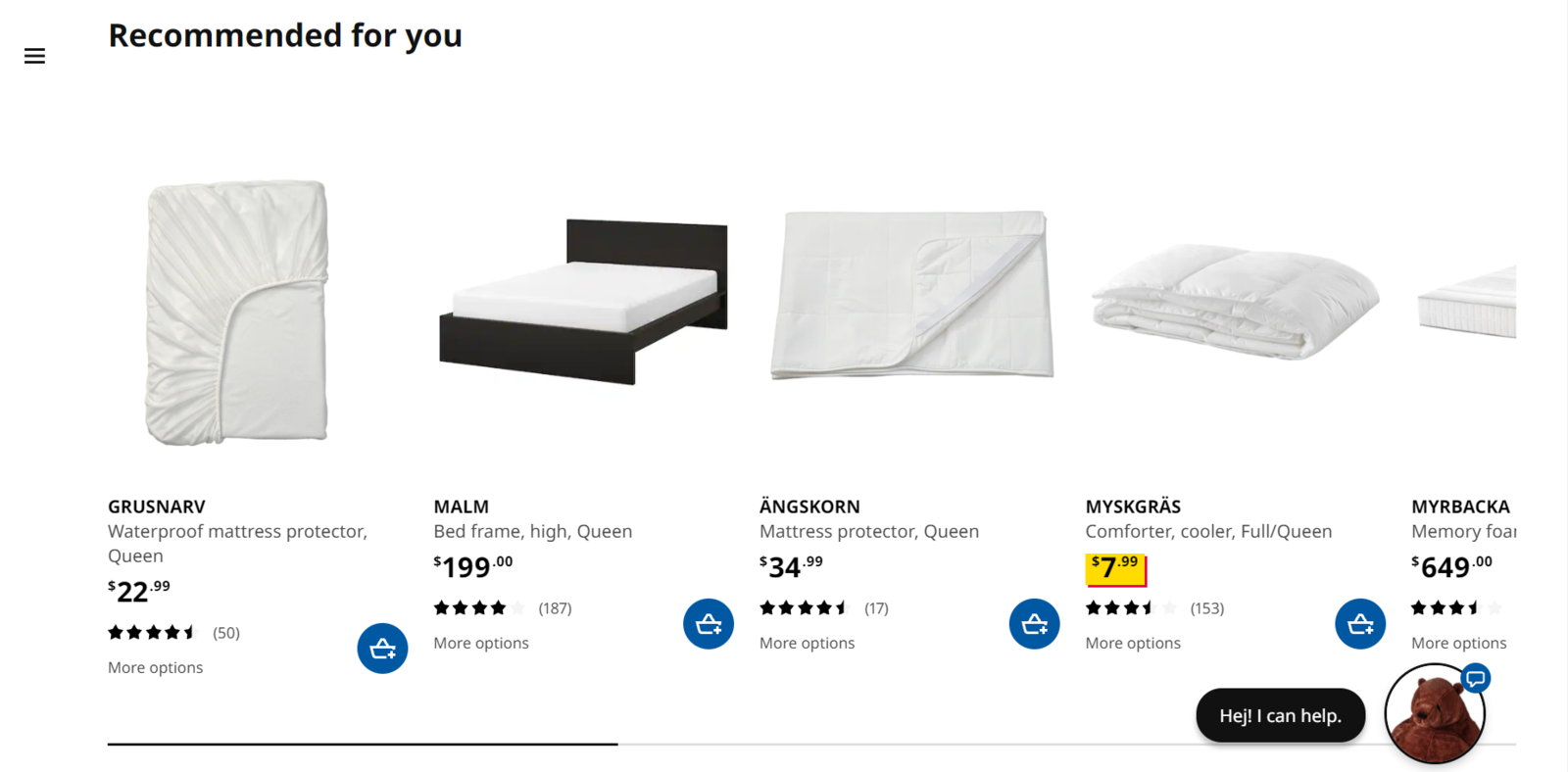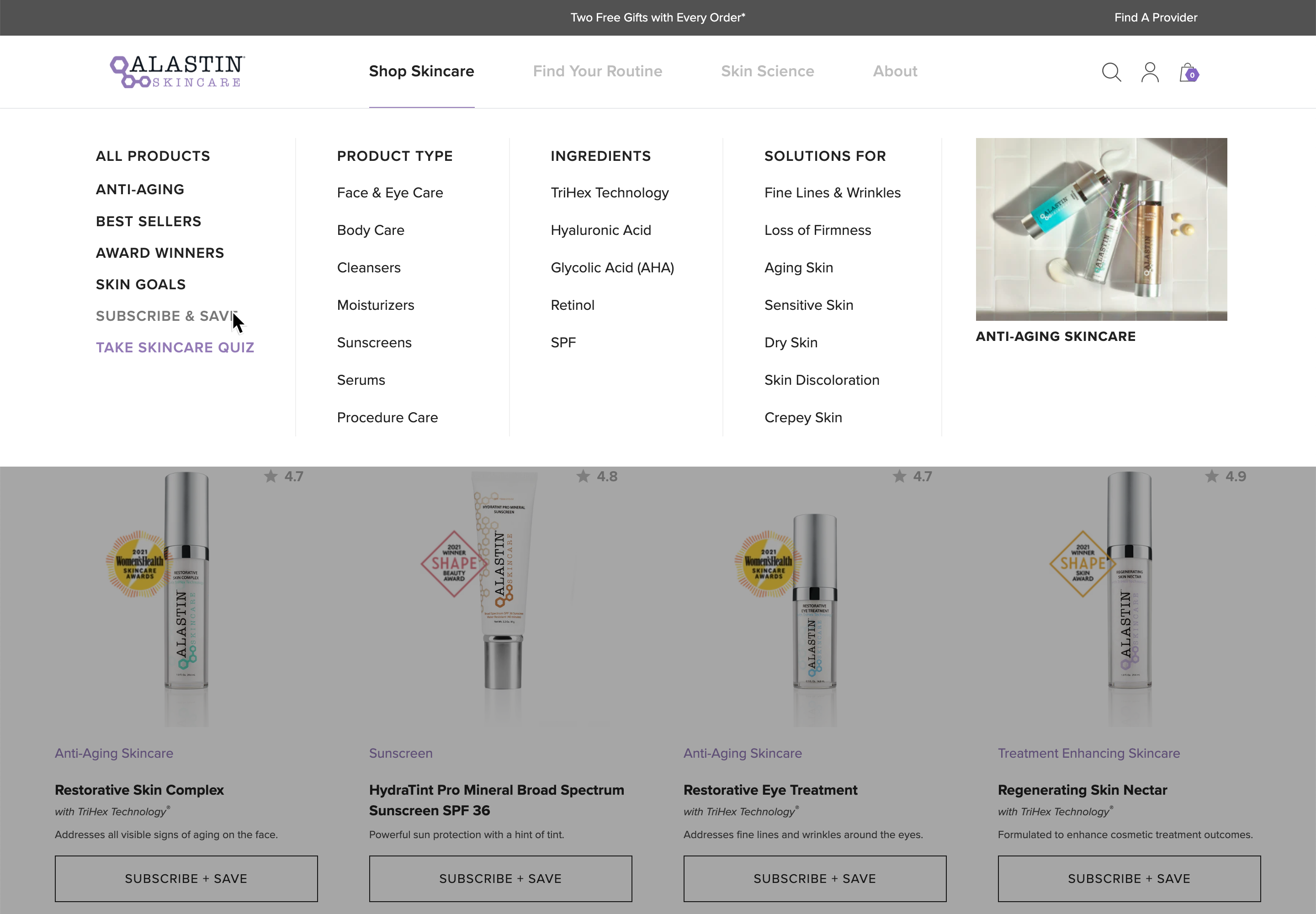How to Boost eCommerce Product Discovery with Onsite and Offsite Experiences?

Quick Summary The opportunities to increase your store’s product discoverability are endless and aren’t just bound to perfectly written product descriptions and appealing imagery. With the increased competition, brands should ocus on offering tailored onsite and offsite product discovery experience that put "custom" in "customer.
To think that customers are exclusive in their purchase journey is a misjudgment that often costs brands of all sizes a pretty penny. Today, consumers are charting their own paths to purchase and taking product research into their own hands. Their research often involves hopping from one discovery channel to another and comparing one brand's offerings to others; and while weighting product quality is definitely of high importance, it is just one piece of the comparison puzzle.
Today, it is the experience that matters. And not just the experience of “how” customers purchase but also the experience that informs their decision to “why” they would choose to purchase from a specific brand.
What is eCommerce Product Discovery?
Well, the expression gives it away anyway. eCommerce Product discovery revolves around two main pillars. One, enabling customers to find what they are looking for easily. Two, exposing customers to new offerings they may be interested in.
In a digital-first world, customers can search for products using any touchpoint that is most relevant and convenient for them at a given time. This means that eCommerce product discovery happens at every stage of the consumer journey—not just at the start.
Off-site Product Discovery
Social Commerce
Commerce has always been more than a transaction. And that’s particularly evident in the world of social selling, with 90% of people buying from brands they follow on social media. Social commerce minimizes the friction between the discovery phase and the end goal of conversion; facilitating one-on-one engagement and increasing potential sales.
A well-rounded social commerce strategy that calculates the potential of each social channel in reaching the desired target audience and accounts for the inclusion of educational, promotional and engaging touchpoints can massively boost product discoverability and brand affinity.
User-Generated Content
User-generated content (UGC) can be a powerful tool for eCommerce businesses looking to improve product discoverability and drive sales. E-shoppers are finding products and learning about them from fellow shoppers through reviews, social posts, and ratings.
Giving your previous shoppers the opportunity to engage with your brand on social and through dedicated reviews and rating sections will result in higher LTV as well as unprecedented brand credibility and product awareness.
Steve Madden, for example, has a dedicated section on their website that features user-generated content on social. This exemplifies mutual engagement between the brand and its customers; the customer posts pictures of their brand moment, which the brand then features on its site allowing other visitors to get a grasp of how Steve Madden's items can be styled differently.

On-Site Product Discovery
Navigation, filters, and search
Today, consumers’ main expectation from an onsite eCommerce experience is simply, simplicity. According to a Harvard Study, the best way for measuring consumer-engagement efforts is the “decision simplicity index,” a gauge of how easy it is for consumers to gather and understand (or navigate) information about a brand and its products, how much they can trust the information they find, and how readily they can weigh their options. The easier a brand makes the purchase-decision journey, the higher its decision-simplicity score and the higher the site’s conversions will be.
Today, seamless navigation, technically foolproof search and on-point filters are must-haves. Brands are going the extra mile of backing their categorization with the data they collect and the heatmaps they analyze; rearranging them based on visitors’ interests and making their path to their most desired collection page even simpler.
Personalization
Commerce personalization leverages commerce data responsibly to get to know, guide, and inspire customers with experiences that are relevant and contextual to them. The way a store’s first-time visitor interacts with the store differs greatly from how a returning customer navigates their way through it. That said, encompassing anonymous and known customers’ data to personalized messages, content, site layouts, and products is certainly the way to go if you wish to lead your customers through brand awareness, eCommerce product discovery, and repeat purchases.
Show customers products you know they are looking for, recommend other products they might be interested in, and analyze the reasons that may have abandoned the cart or even your site. By understanding the behavior of a site’s visitors, you can help them discover products that are more relevant to them, for example discovering similar sale items if pricing was the issue.
Upselling and cross-selling
If done strategically and organically, upselling and cross-selling strategies can provide fruitful opportunities for merchants looking to expand their product discoverability and increase their customers’ AOV.
While cross-selling focuses on offering relevant product recommendations and add-ons for shoppers, upselling is more geared toward upgrading a customer’s chosen product. Similar in a way, yet different, but the end goal is the same; increasing customers’ awareness of products they may have otherwise not been aware of, ultimately boosting product discoverability and increasing cart size.
Ikea, for example, is one great brand example that does an exemplary job at both cross-selling and upselling. Say you are buying a mattress, you’ll get on-point recommendations for mattress covers and protectors, you’ll even be shown other higher-end relevant products such as memory foam mattresses.

Landing Pages and Collection Pages
When building an online store, a lot of focus goes into the homepage design—after all, it's an online “Window Display” that is meant to give entice shoppers to explore a brand’s offering. But it’s not where conversions take place. A properly designed homepage links to collection pages, which are the lifeblood of eCommerce brands, in a clear manner with catchy visuals and on-point messaging.
At the end of the day, seasonal offerings, product drops, raffles, and even subscription products shouldn’t be hard to find. Guide your customers to dedicated and easy-to-find collection pages with relevant hero banners while always making it a point to ongoingly AB test placements, messaging, and categorizations.
Let’s take Alastin as an example. Though the skincare brand had subscription offerings for a long time on its website, the offerings were lost among many other product listings on various PLPs. The team at Avex recommended having a dedicated "Subscribe & Save" collection page where all subscription products were listed, giving customers a place to educate themselves about different products and shorten their path to subscribe.

The opportunities to increase your store’s product discoverability are endless and aren’t just bound to perfectly written product descriptions and appealing imagery. Customers are shopping everywhere, and you should make it a point to have a presence everywhere they are. The above points are not to exist in silos; find the right mix and integrate it together in an undividable experience. For example, you can feature user-generated content on your PDPs, you can cross-sell and upsell your products through marketing channels such as emails and SMS, and you can also utilize those channels to drive traffic to seasonal collection pages.
One thing to always keep on top of mind is to put the “Custom” in “Customer”; meeting your shoppers with tailored discovery experiences that make them feel recognized.



